In the opening years of the 20th century, the American psychologist G. Stanley Hall published the first full survey of what he called ‘Adolescence’. At over 1500 pages, the two volumes collated an enormous amount of data on this ‘second stage of life’, between childhood and adulthood, which Hall defined as being between the ages of 13 and 24. Hall at once marked this crucial stage as one of stresses and storms – an idea taken from the 18th century Romantics – and one that needed care and guidance.
Indeed Hall proposed nothing less than the creation of a new stage of life that would increase dependency and delay entry into the world of work: ‘As civilisation advances, education broadens. The school years lengthen inevitably as the community tones up its ideals.’ Any attempt to restrict the time spent in school or college was ‘an attempt to return to savage conditions. The estimate of any educational system must be based upon its success in bringing young people through adolescence with (the) greatest perfection of development’.
In Hall’s vision, adolescence was inextricably linked with the potential rise of a young continent: ‘We Americans are a mixed race. This makes the period of adolescence in America unique. Where nature is kept pure this period of ferment is accomplished quickly and with little trouble, as among the Jews and the Germans. The period of adolescence is prolonged in America because of mixture of blood, and if we survive the trials and dangers of this period, we will make the grandest men and women the world has ever known.’
With a strong academic impact and crossover sales, Adolescence accelerated the demand for the widening of educational opportunities and opened up America’s eyes to this omnipresent but ill-defined state. At the same time, Hall presented to America a vision of itself as a young country that would be a beacon for the forthcoming century: ‘The very fact that we think we are young will make the faith in our future curative, and we shall one day attract the youth of the world by our unequalled liberty and opportunity.’
By the time that Adolescence was published in 1904, several factors had alerted adults and educators to the possibility that youth could be both dream and nightmare. Young people were a visible and threatening presence on the streets of most cities in Europe and America, and were already the subject of exposés and press panics: the Growler Gang pictured by Jacob Riis in New York, the Apaches of Paris and the Hooligans and Scuttlers of Britain – new urban types who were both dangerous and dressed in bizarre clothes.
Indeed, the first definitions of any separate stage of life between childhood and adulthood had come from criminology. The phrase Juvenile Delinquent had been coined in the mid-19th century to describe the new phenomenon of age- and class-specific crime, as young working-class men and women began to act out new opportunities caused by urbanisation and mass industrialisation – the lack of parental supervision, the fact that new industries put money in their pockets. Adrift from old norms, they were harbingers of a new and unsettling future.
There were also books that mapped the adolescent experience from within. Published in 1887 after her premature death, Marie Bashkirtseff’s diaries spoke frankly of teenage frustration and prefigured the celebrity culture of the 20th century: ‘If I do not die young I hope to live as a great artist; but if I die young, I intend to have my journal, which cannot fail to be interesting, published,’ she wrote. ‘I dream of celebrity, of fame.’ The private diary would become the most intimate and, in some ways, the truest expression of the adolescent experience.
Announced not only by Hall’s Adolescence but also J. M. Barrie’s Peter Pan and Oscar Wilde’s The Picture of Dorian Gray, the new status of youth was unsettling, and adults and governments began to think in terms of its guidance control. The 1900s saw the institution of the Boy Scout movement in both the US and the UK, and the formation of militaristic youth groups in Germany, most notably the Jungdeutschlandbund, which, in 1914, numbered around 750,000 members – the largest youth group in the world.
The First World War in Europe brought the emerging consciousness into further sharp focus. With the young having been sent to die in their hundreds of thousands, there was at once a sense after the war that youth was both scarce and precious and that as a principle in itself it could help to chart the post-war world in new ways: as the artist Percy Wyndham Lewis wrote, ‘Everyone wished to be, as it were, new born. To blot out the past, especially the pre-war, that was the idea’.
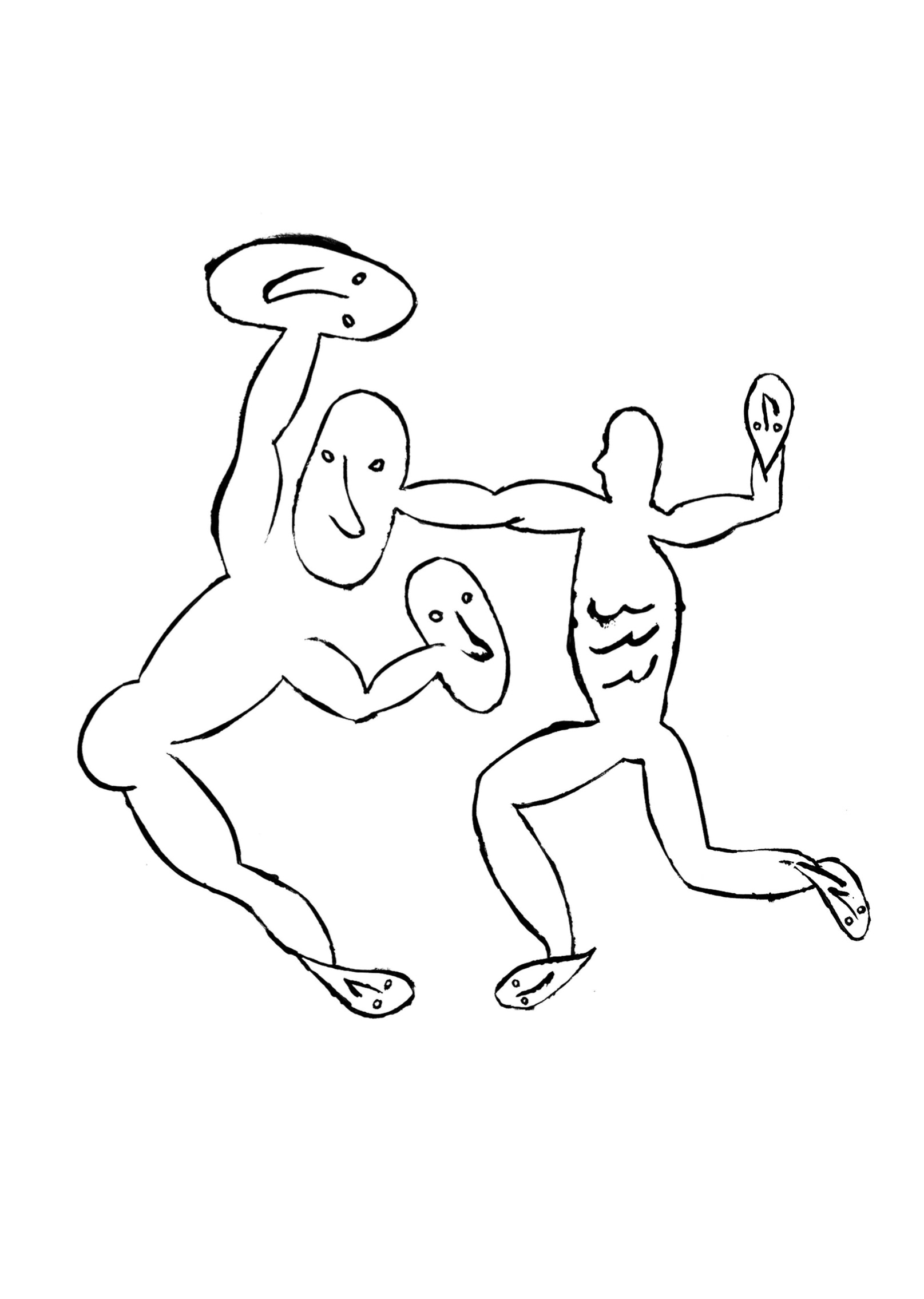
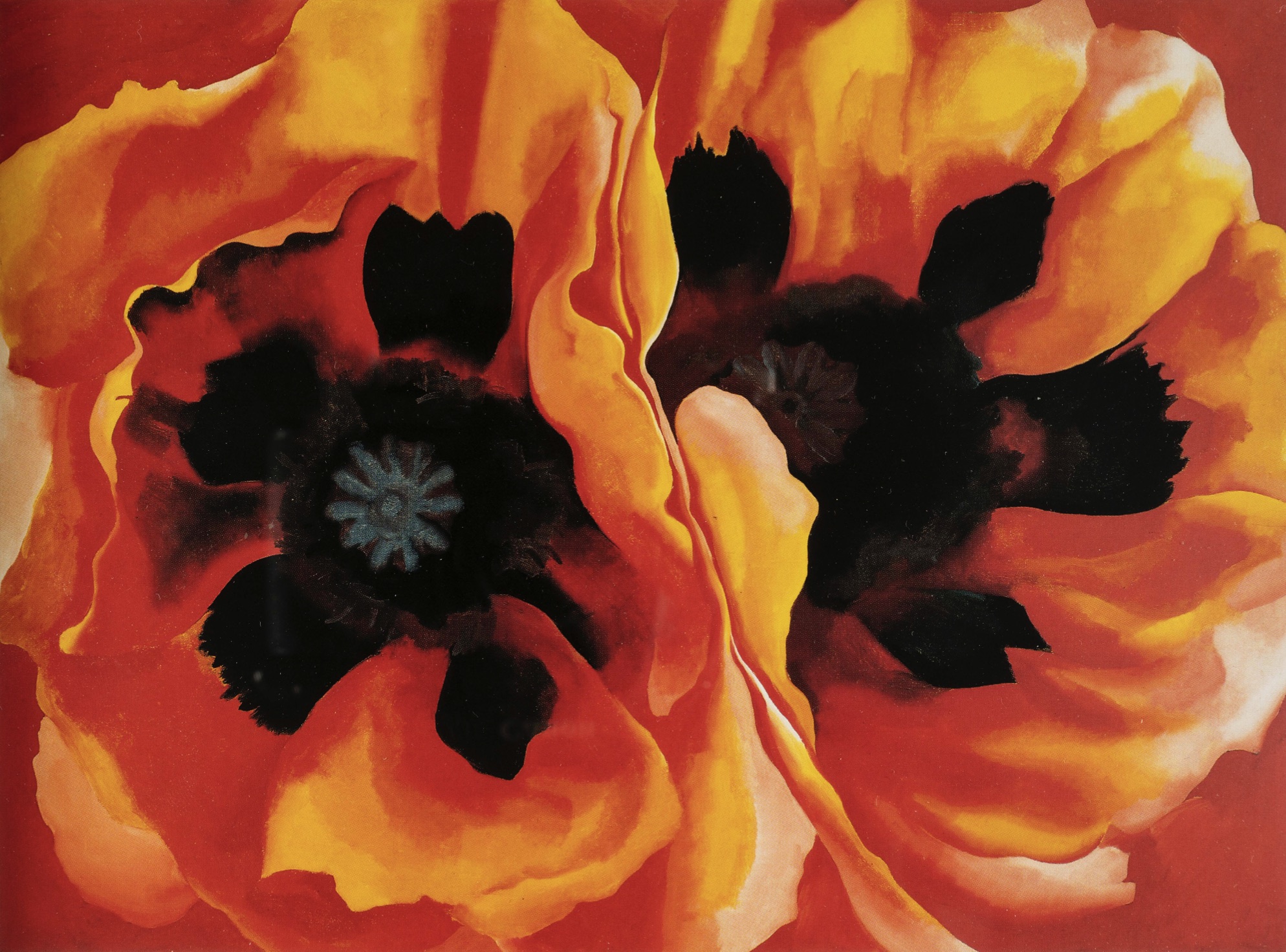
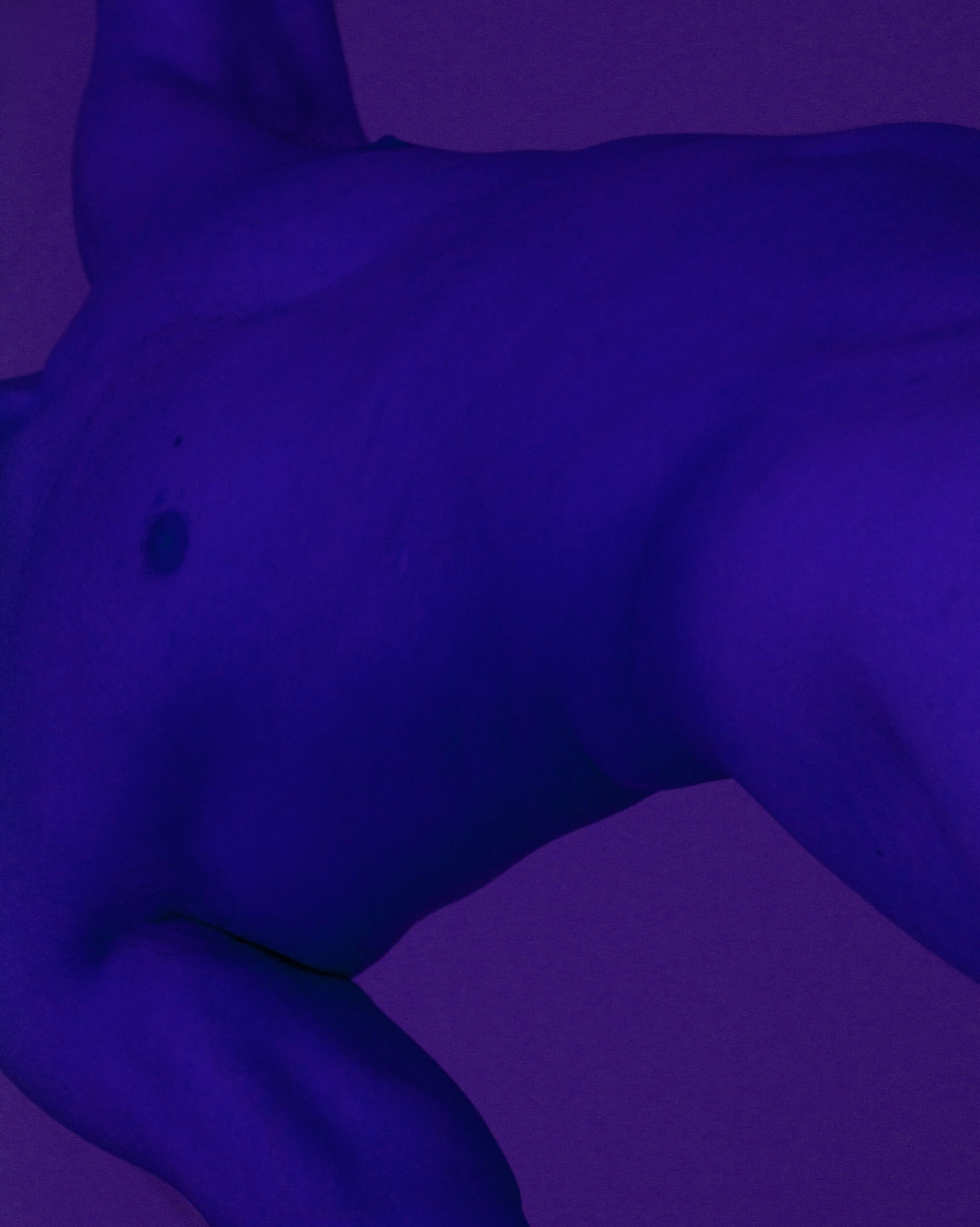
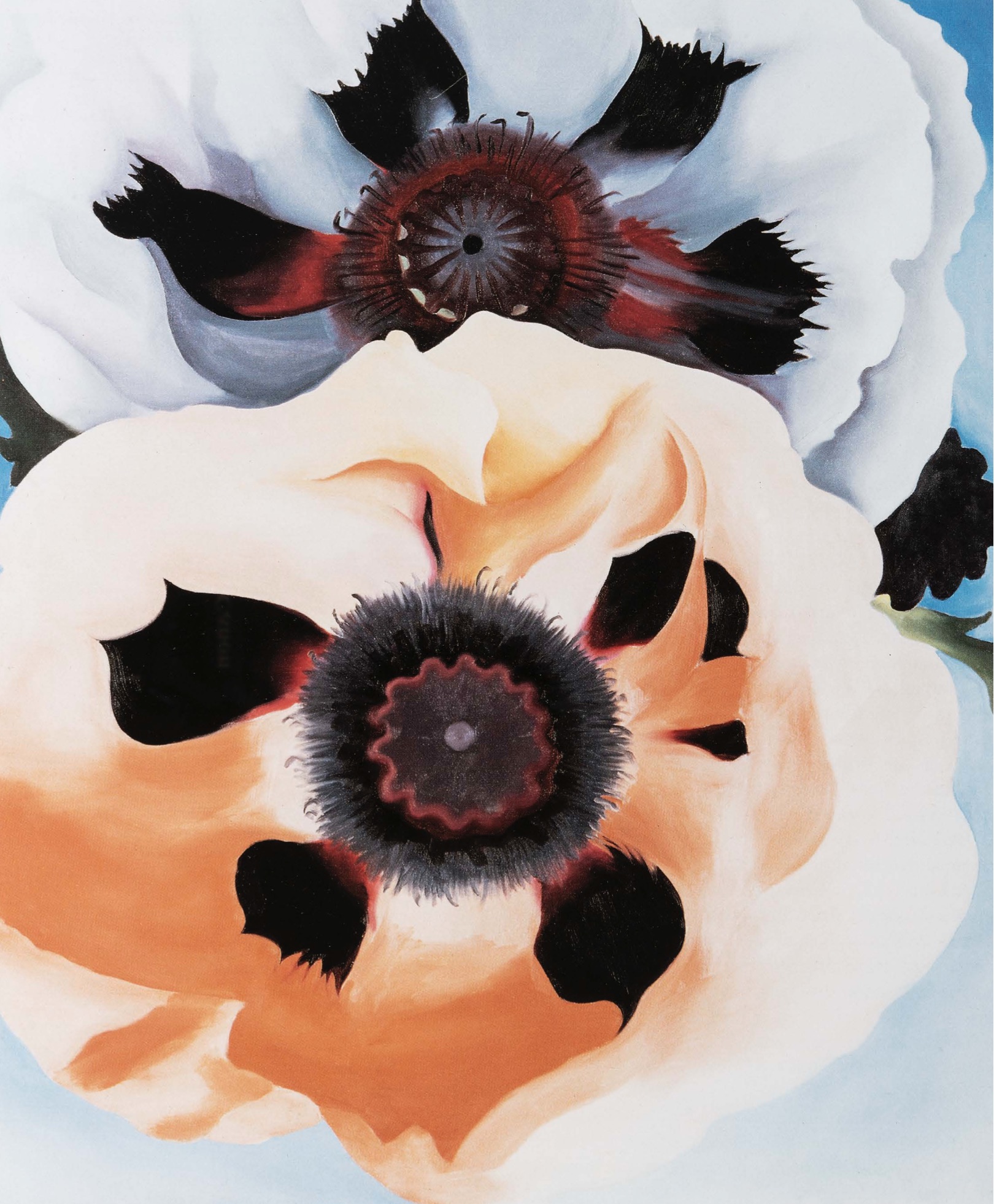
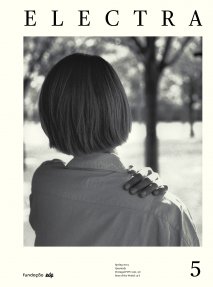
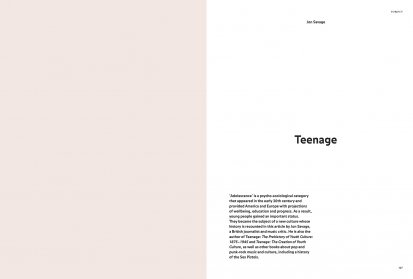
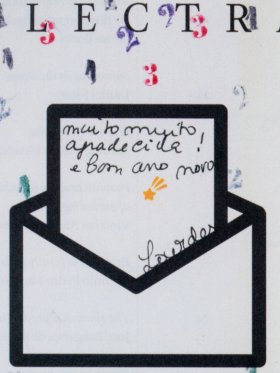

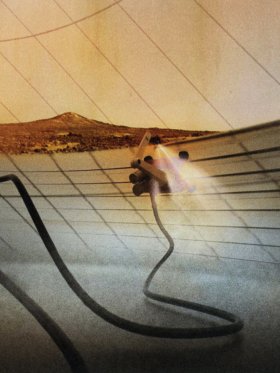
Share article